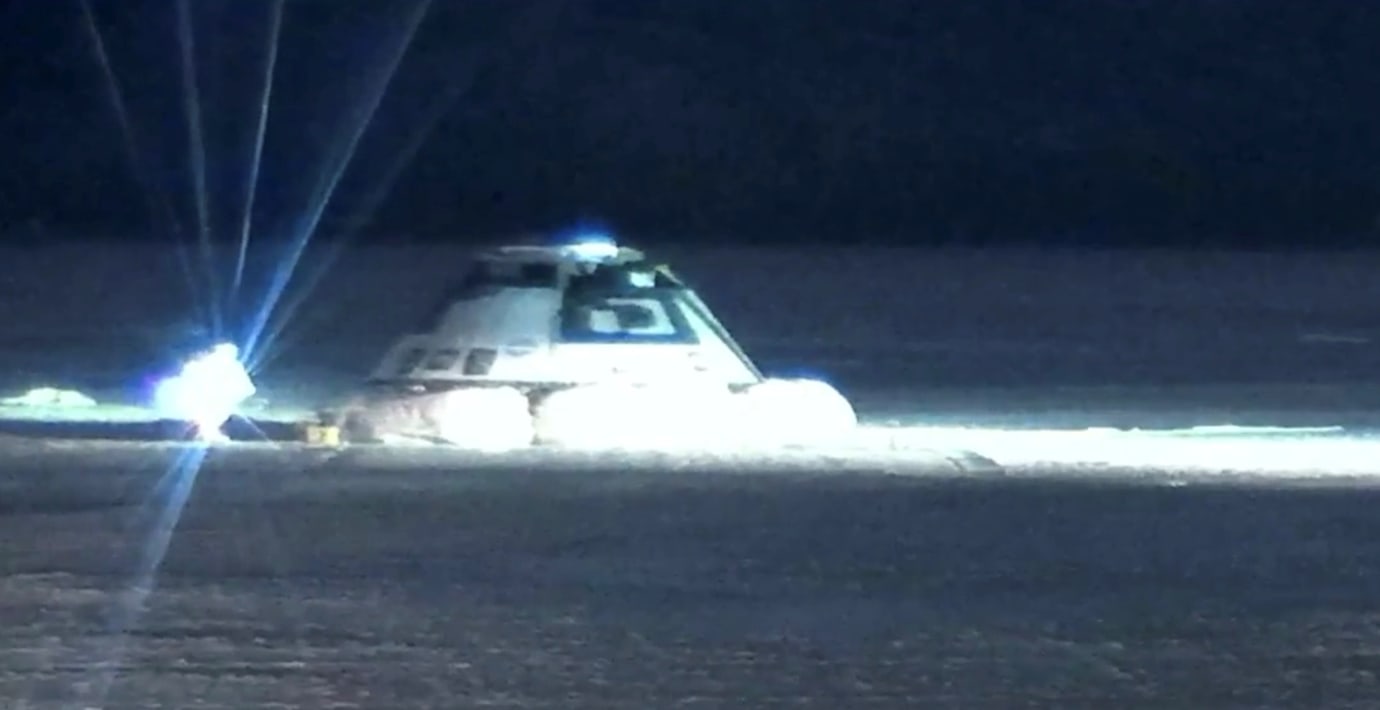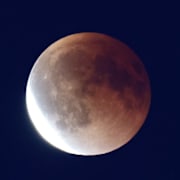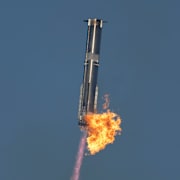
Ny smäll för Boeing: Nasa fann farliga fel i rymdkapsel
Mjukvaran i Boeings rymdfarkost Starliner – som misslyckades med en testflygning i december – innehöll fel och problem som potentiellt hade kunnat få ”katastrofala” konsekvenser. Det framhåller rymdstyrelsen Nasa efter att ha undersökt farkosten, skriver Washington Post.
Nasa-chefen Doug Loverro säger till tidningen att han inte kan dra några paralleller mellan Starliners problem och de mjukvarufel som drabbat Max 737 – där två flygkrascher med modellen krävt nära 350 människors liv.
Det enda han kan säga, menar han, är att ”vi har en rejäl genomklappning i mjukvaruprocessen”.
– Vi vet inte hur många mjukvarufel vi har – om vi bara har två eller flera hundra, säger han till tidningen.
bakgrund
Boeing CST-100 Starliner
Wikipedia (en)
The Boeing Starliner (CST-100 - Crew Space Transportation-100) is a crew capsule manufactured by Boeing as its participation in NASA's Commercial Crew Development (CCDev) program. Its primary purpose is to transport crew to the International Space Station (ISS) and to private space stations such as the proposed Bigelow Aerospace Commercial Space Station.The capsule has a diameter of 4.56 m , which is slightly larger than the Apollo command module and smaller than the Orion capsule. The Boeing Starliner holds a crew of up to seven people and is being designed to be able to remain in-orbit for up to seven months with reusability of up to ten missions. It is designed to be compatible with four launch vehicles: Atlas V, Delta IV, Falcon 9, and Vulcan.In the first phase of its CCDev program NASA awarded Boeing US$18 million in 2010 for preliminary development of the spacecraft. In the second phase Boeing was awarded a $93 million contract in 2011 for further spacecraft development. On 3 August 2012, NASA announced the award of $460 million to Boeing to continue work on the CST-100 under the Commercial Crew Integrated Capability (CCiCap) Program. On 16 September 2014, NASA selected the Boeing CST-100, along with SpaceX's Crew Dragon, for the Commercial Crew Transportation Capability (CCtCap) program, with an award of $4.2 billion. On 30 July 2019, NASA had no specific dates for Commercial Crew launches, stating that this was under review pending a leadership change.The Boeing Starliner Orbital Flight Test (uncrewed test flight) launched with the Atlas V N22, on 20 December 2019 from SLC-41 at Cape Canaveral, Florida. During the test, the Starliner experienced a timing anomaly that precluded a docking with the International Space Station.· Two days after launch, on 22 December 2019 at 12:58 UTC, with the successful landing at White Sands, New Mexico, the Boeing Starliner Calypso became the first-ever crew-capable space capsule to make a land-based touchdown in the United States.
Omni är politiskt obundna och oberoende. Vi strävar efter att ge fler perspektiv på nyheterna. Har du frågor eller synpunkter kring vår rapportering? Kontakta redaktionen



